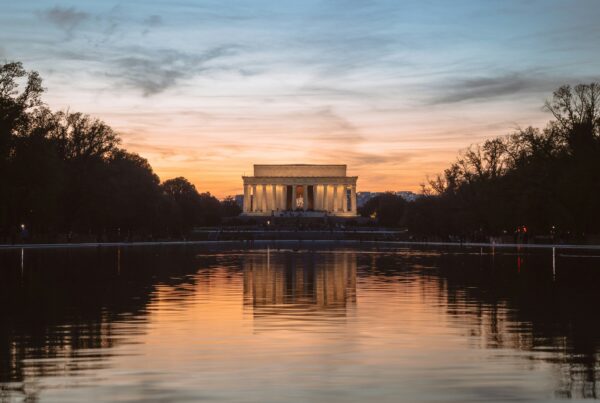Why the Long Wait?
Understanding the Gap Between Election Day and Inauguration
The United States presidential election is a momentous occasion, but the period between election day and inauguration can seem interminable. Why does it take so long for the newly elected president to take office? Let’s delve into the historical context, modern processes, and reasons behind this extended timeframe.
Historically, the extended period between election and inauguration was influenced by the Electoral College system. This indirect method of electing the president allowed for time to gather and count electoral votes from across the country. Additionally, the lame duck period, where the outgoing president remains in office while the incoming president is elected, provided a buffer for a smooth transition of power.
In today’s election process, several steps occur after election day. Ballots are counted and certified at the state level, and the Electoral College votes are cast. Congress then counts and certifies the electoral votes, officially declaring the winner. While technology has streamlined some aspects of the process, potential challenges such as recounts, legal disputes, or cybersecurity threats can lead to delays.
The extended period between election and inauguration offers several benefits. It allows for a smooth transition of power, ensuring continuity of government. Additionally, it provides an opportunity for legal challenges to be addressed, ensuring the integrity of the election. Furthermore, the public can assess the incoming president’s policies and priorities before they take office.
However, the long wait also has drawbacks. The uncertainty can lead to political gridlock and instability. Additionally, the lame duck period can limit the outgoing president’s ability to enact significant policy changes, potentially hindering their effectiveness.
In conclusion, the time gap between election day and inauguration is a result of historical factors, the Electoral College system, and the complex processes involved in certifying the election results. While it offers benefits such as a smooth transition and time for legal challenges, it also presents potential drawbacks. As technology continues to evolve and the political landscape shifts, there may be opportunities to explore reforms that could shorten this period while maintaining the integrity of the democratic process.

Inauguration Day Traditions for Families Visiting D.C.

What It Takes to Plan an Inauguration: A Look Behind the Curtain
Newsletter signup
Sign Up To Be Notified Of Inauguration Ticket News And Special Offers! We’ll keep you updated with the most recent news regarding the Inaugural Parade, Swearing in Ceremony, and Inaugural Balls by joining our newsletter below.





